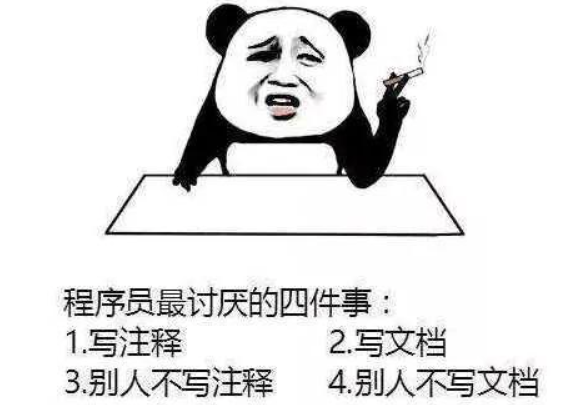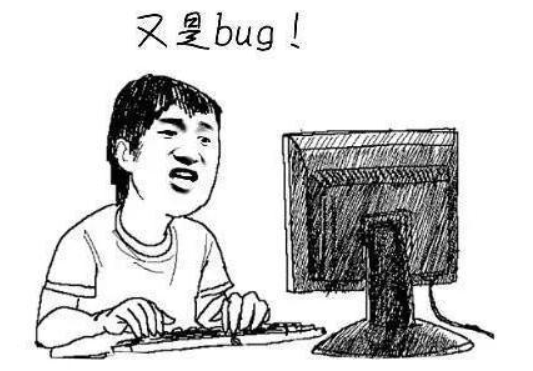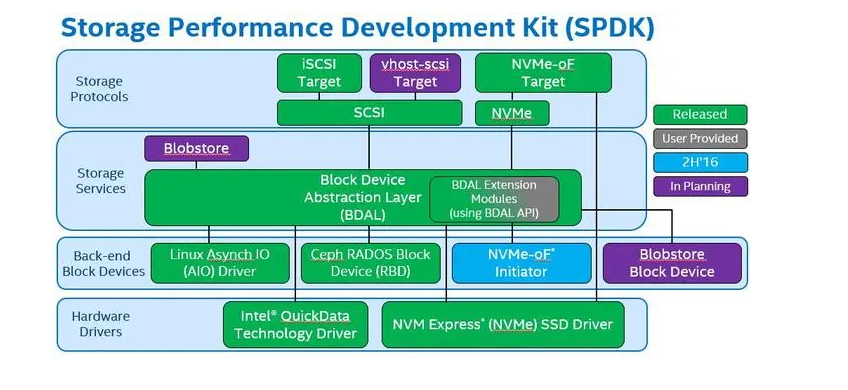The Gibbs’ Cycle is a widely used framework for reflective practice, allowing individuals to explore and analyze their experiences. Applying this cycle to the given experiment, I will reflect on what I have learned and gained insights from conducting this practical.
Description: In this experiment, we simulated the spread of an infectious disease in a group of nine people through multiple rounds of random exchanges. The objective was to observe the final number of infected individuals.
Feelings: Initially, I felt curious and excited about understanding how diseases spread and the impact of random interactions on transmission. As the experiment progressed, I experienced a sense of anticipation and curiosity regarding the outcomes.
Evaluation: This practical exercise provided valuable insights into the dynamics of disease transmission within a controlled setting. By observing how test tubes were randomly exchanged, we could study the potential spread patterns and gain an understanding of infection rates based on chance alone.
Analysis: Through analyzing the results and observations, we can identify several factors influencing the spread of infectious diseases. These include initial infection sources, random exchange processes, and subsequent rounds of swapping. This analysis allows us to better comprehend how susceptible individuals are to contracting a disease within a given population.
Conclusion: From this experiment, it becomes evident that even with completely random interactions and minimal control measures, infectious diseases can rapidly spread throughout a population. This highlights the importance of implementing effective preventive measures such as vaccinations, hygiene practices, and isolation protocols in real-life scenarios.
Action Plan: Based on this reflection, there are several actions I can take. Firstly, I can further research specific models that simulate disease spread in more complex scenarios to enhance my understanding. Additionally, I can actively engage in discussions with medical professionals or educators to explore strategies for minimizing disease transmission effectively.
In summary, through engaging in this practical exercise and reflecting upon it using Gibbs’ Cycle framework, I have developed a deeper understanding of disease transmission dynamics. This knowledge has reinforced my awareness of preventive measures necessary for controlling the spread of infectious diseases.
内容由零声教学AI助手提供,问题来源于学员提问





















